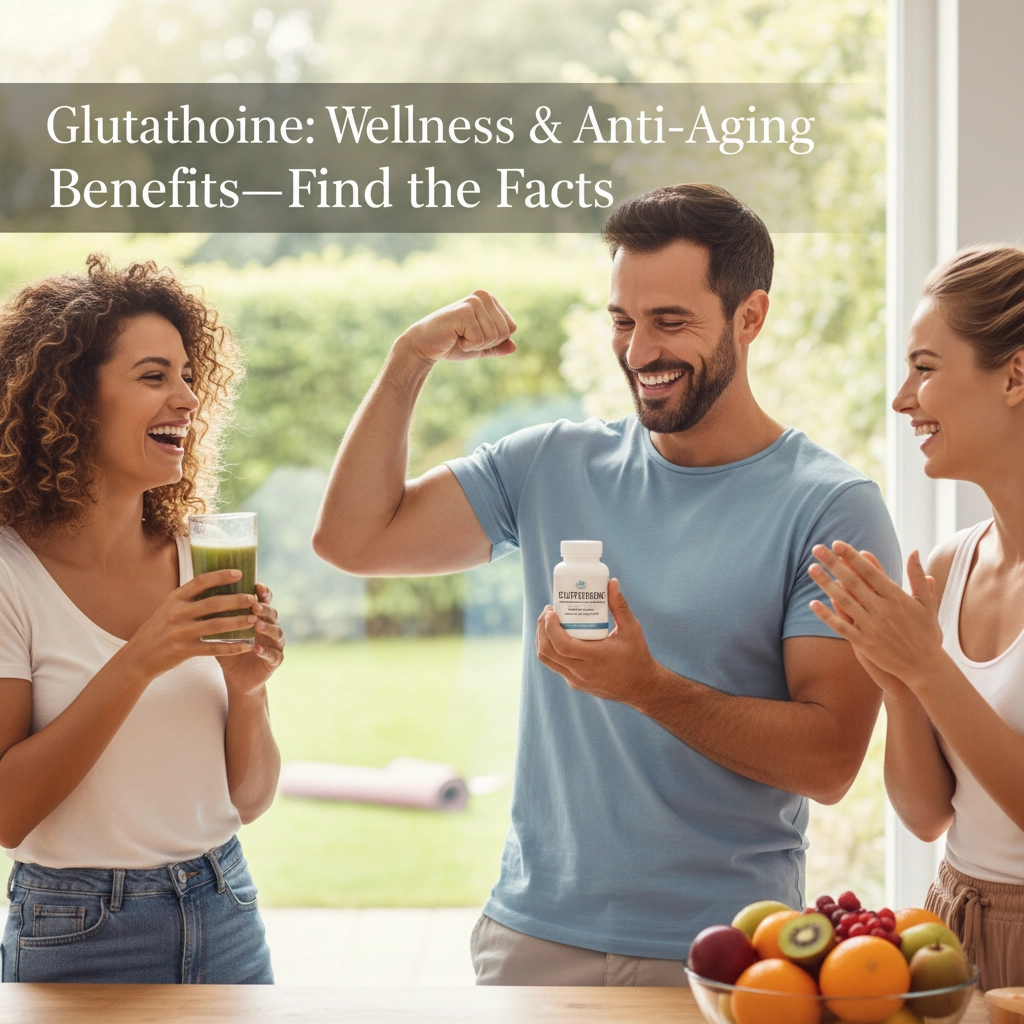We all want more energy, optimal health with an ideal body and beautiful, younger looking skin. So what is stopping us from attaining this? Although there are several factors that prohibit many from looking and feeling their best. The type of food and what is in those foods, can contribute to many of these things either in a positive or, negative way.
In short, if it grows on a tree, out of the ground or off a vine, lives off the land or swims in water, it is probably good for you. If you’re like most American’s though, 80% or more of your foods come in a package or box and has many food additives that are difficult to pronounce and even harder to understand what they even are or, do to our bodies.
This article exposes some secrets the food industry doesn’t want you to know about; deceptive strategies and “other ingredients” designed to keep you coming back for more. Find out some common things keeping you from having the body and health you deserve with a little help and education to understand how to escape the diet and disease trap set forth on grocery store shelves everywhere.
Although there are more to be alarmed about, below are my top 5 food additives to steer clear of:
- High Fructose Corn Syrup
High fructose corn syrup (HFCS) is a highly-refined sweetener which has become the number one source of calories in America. It is found in almost all processed foods. HFCS will help you pack on those lb.’s faster than any other ingredient and often plays a huge part in the development of type 2 diabetes and tissue damage with many. HFCS also contributes to increasing our “bad” LDL cholesterol levels and many other harmful effects within our bodies.
This commonly found little devil is seen in many beverages and most processed foods, bread, candy, flavored yogurts, salad dressings, canned vegetables, cereals.
- Trans Fats
I have joked about this one when saying they are easily “trans-ported” easily to your gut and thighs when encouraging clients to steer clear here. Trans fats are used to enhance and extend the shelf life of food products and are among the most dangerous substances that you can consume. Found in deep-fried fast foods and certain processed foods made with margarine or partially hydrogenated vegetable oils, trans fats are formed by a process called hydrogenation. A large number of studies have shown that trans fats increase LDL “bad” cholesterol levels while decreasing HDL (“good”) cholesterol. This is known to contribute to increases in the risk of heart attacks, heart disease, strokes and also to increased inflammation, diabetes, and more health problems.
Trans Fat can often be found in margarine, chips and crackers, baked goods and fast foods.
- MSG
Ahh, arguably the largest contributor to “Chinese Restaurant Syndrome” here with this one. MSG is an amino acid used as a flavor enhancer in chips, frozen entrees, soups, salad dressings, and many restaurant foods. MSG is known as an excitotoxin, a substance which overexcites cells to the point of damage or death. Studies show and suggest that regular consumption of MSG may result in adverse side effects which include eye damage, headaches, depression, disorientation, fatigue, and obesity. MSG may affect the neurological pathways of the brain and reception of leptin to turn off the "I'm full button” which may add to frustrations with hunger and weight gain with some individuals.
MSG is found in many snacks, chips, cookies, seasonings, most Soup products, frozen dinners, lunch meats and when eating out at some restaurants or fast food places.
- Sodium Nitrates: Hot Dogs, Anyone?
Sodium nitrate (or sodium nitrite) is used as a preservative, coloring, and flavoring in ham, lunch meats, bacon, hot dogs, corned beef, smoked fish and other processed meats. This ingredient, which sounds harmless, is actually highly carcinogenic once it enters the human digestive system. Once we consume it and it breaks down and enters the bloodstream, it can wreak havoc with a number of internal organs with the liver and pancreas being at the top of the list. Sodium nitrates are widely regarded as toxic ingredients, and the USDA actually tried to ban this additive in the 1970's but was vetoed by food manufacturers who griped they had no alternative for preserving packaged meat products.
So, why does the industry still use this? Simple… This “other ingredient” just happens to turn meats bright red. It's actually a color fixer, and it makes old, dead meats appear fresh and vibrant. If it looks good and tastes good, it must be good for us, right? Look and think twice before consuming too many of these foods sprinkled with this food additive. Especially take a closer look at those deli meats you may perceive as a healthy choice of meat.
- Aspartame
Certain additives, like sugar or stevia, are derived from natural sources. Others like aspartame (in NutraSweet and Equal), are made synthetically. Aspartame is used in many foods and beverages because it is about 200 times sweeter than sugar, so much less of it can be used to give the same level of sweetness. This, in turn, lowers the calories in the food or beverage.
In the body, aspartame is broken down into phenylalanine, aspartic acid, and methanol. Methanol can be toxic in high amounts, but the amounts that result from the breakdown of aspartame is lower than with many “natural” foods.
This artificial sweetener has invaded many grocery store shelves and the thousands of products on them since the early 1980’s when it was finally approved for use after controversial findings of its safety for the public before. Ever since it was introduced, aspartame has been a topic of controversy. Supposedly, a significant number of people have reported suffering ill effects as a result of too much aspartame consumption. Of these reported include: Headaches, mood swings, changes in vision, nerve damage, memory loss, diarrhea and sleep disorders.
It is also argued that it doesn’t help obese people in their efforts to lose weight when choosing to drink diet sodas every day. The thought behind this is the artificial “signal” to the brain that glucose is being introduced into the system and then the unnecessary release of insulin occurring after, leads to wiping out the little bit of blood glucose that may be present resulting in a surge in hunger for more food that would normally not be desired or needed shortly after. Of course, these extra consumed calories lead to more weight gain.
Thought to be associated with cancers, known to be carcinogenic and with zero nutritional value are all reasons to avoid aspartame. There are too many alternatives that are much healthier options. Of all, this is the easiest additive to avoid.
Summary
We can’t avoid everything and a couple additives here and there is typically fine. The problems occur when they are in 80% of the foods we eat on a regular, daily basis. It is critically important to be aware of a few basics when it comes to the foods we eat and what we are putting in our bodies. Having a little bit of basic education of the “do’s and don’ts” can go a long way. Hopefully this short article has given some insight on what we should at least be avoiding.
As a nation, we are very well fed but very undernourished. Much of this is due to the overconsumption of man-made foods loaded with a boat load of previously said ingredients and many more just as suspicious and bad as them. This in conjunction with a major deficiency of “rainbow” foods such as vegetables and fruits are contributing to many health ailments and concerns everywhere among too many people who deserve to look and feel better.
Make the decision to learn. Make the decision to choose healthier options. Decide to be the best version of you that you deserve to be.
Best in health,
Roger Bowman



